 |
|
| plants text index | photo index |
| mangroves |
| Ipil Intsia bijuga Family Fabaceae updated Jan 2013 Where seen? This tree is sometimes seen in our back mangroves. According to Hsuan Keng, it was commonly found along the sea coast including Changi and Kranji. According to Corners, it is common and found along the coasts, mangroves and river banks within tidal and brackish reaches. According to Giesen, it is also often found on coral. It was also known as Afzelia bijuga and Afzelia retusa. Features: A tree up to 40-50m tall. Bark light grey, slightly scaly in large, thin roundish pieces, slightly pimply with lenticels (bumps), large trees may have buttress roots up to 4m tall and 2m wide. Compound leaves with leaflets in 1-2 pairs, opposite to one another, no terminal leaflet. Leaflets almost circular (3-12cm long) leathery, the tree may drop off all its leaves at the same time (deciduous). Flowers in dense bunches (5-18cm long) at the tips of branches. Flower with has a single petal (2-3cm) which is at first white but turning red or orange. Probably pollinated by insects. Fruits oblong pods (20cm long), woody, slightly flat. Contains several seeds. Human uses: According to Giesen, it produces very hard, good quality timber which does not shrink or warp and is resistant to insects and weather. The timber is used for making houses, house posts and bridges. The timber is called 'merbau' and the tree is sometimes called 'Merbau ipil'. The bark and leaves are used to treat diarrhoea. Seeds can be eaten after they fried, soaked for 3-4 days, then boiled. Status and threats: It is listed as 'Critically Endangered' in the Red List of threatened plants of Singapore. |
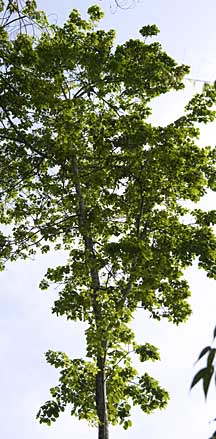 Admiralty Park, Mar 11 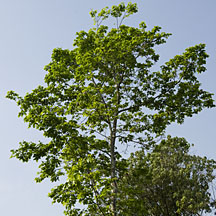 Admiralty Park, Mar 11 |
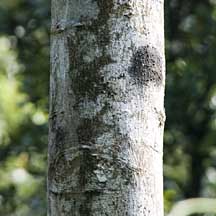 Admiralty Park, Mar 11 |
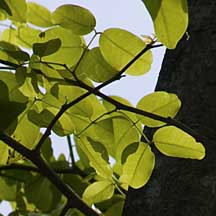 Admiralty Park, Mar 11 |
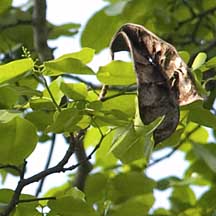 Admiralty Park, Mar 11 |
| Ipil trees on Singapore shores |
| Photos of Ipil trees for free download from wildsingapore flickr |
| Distribution in Singapore on this wildsingapore flickr map |
|
Links
References
|
|
|